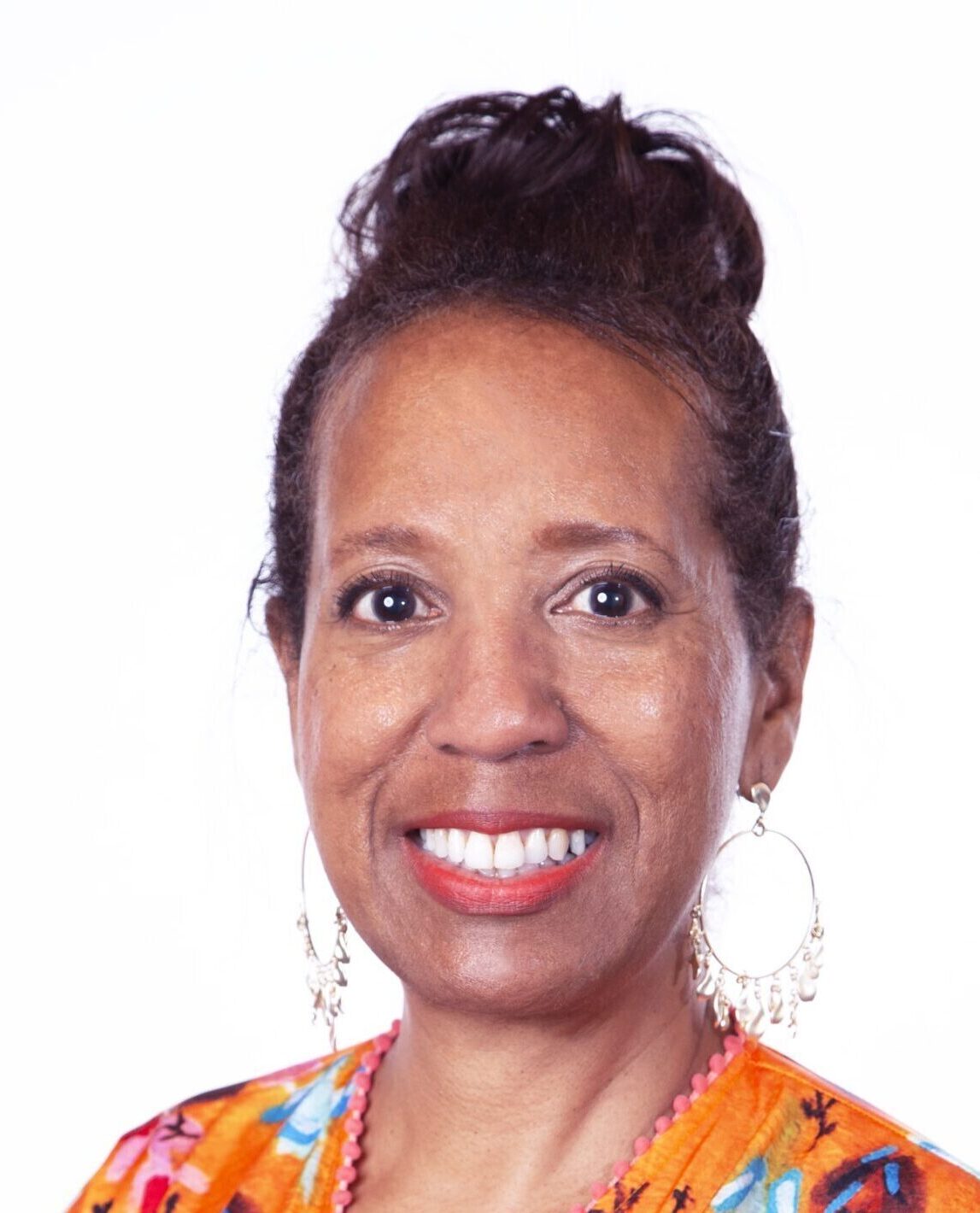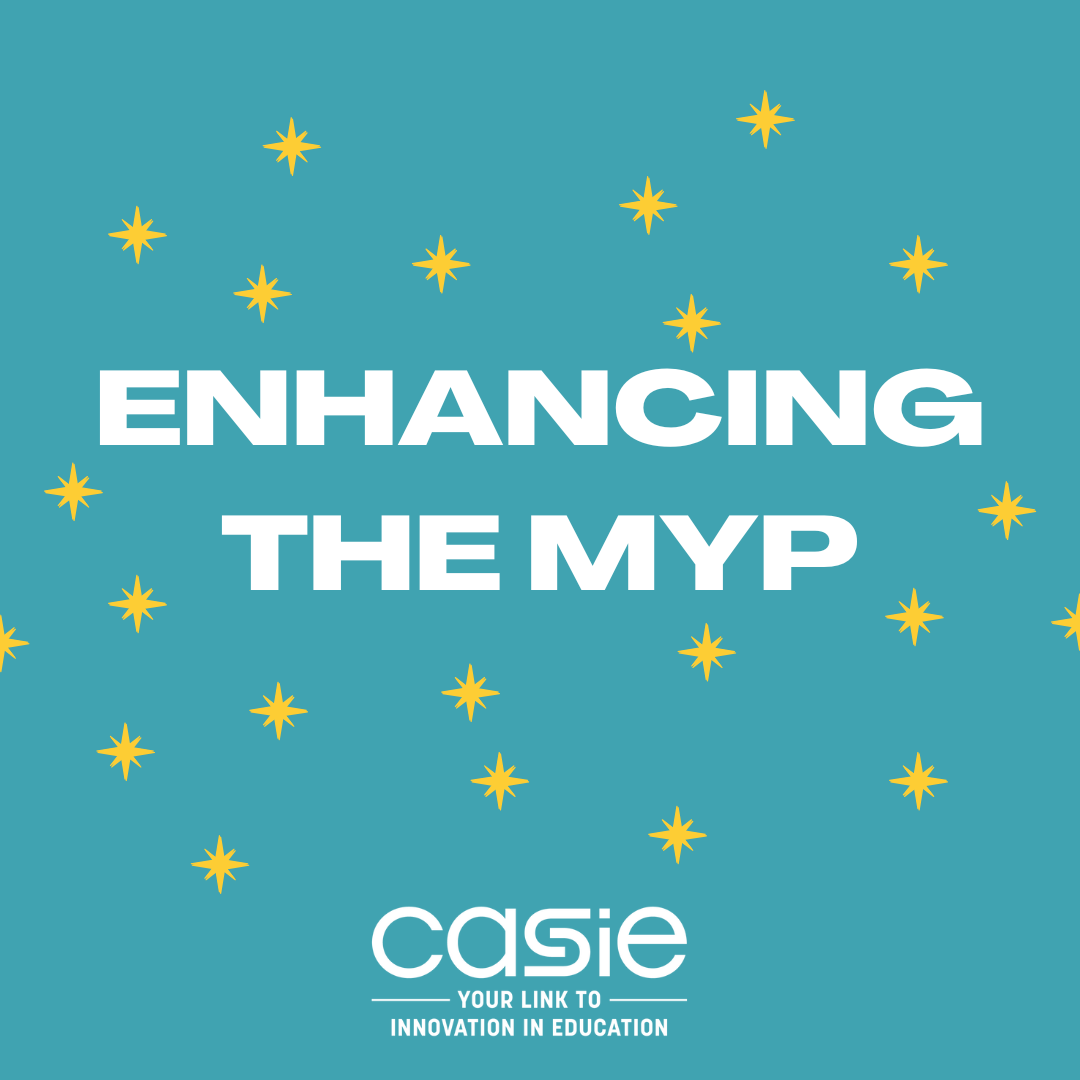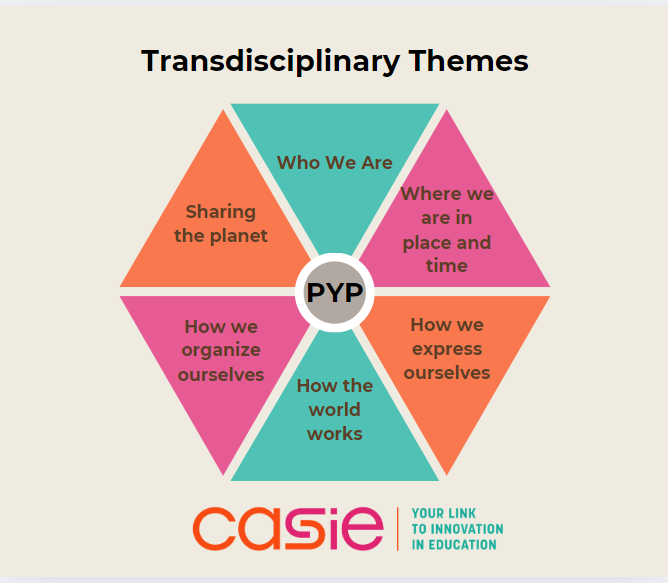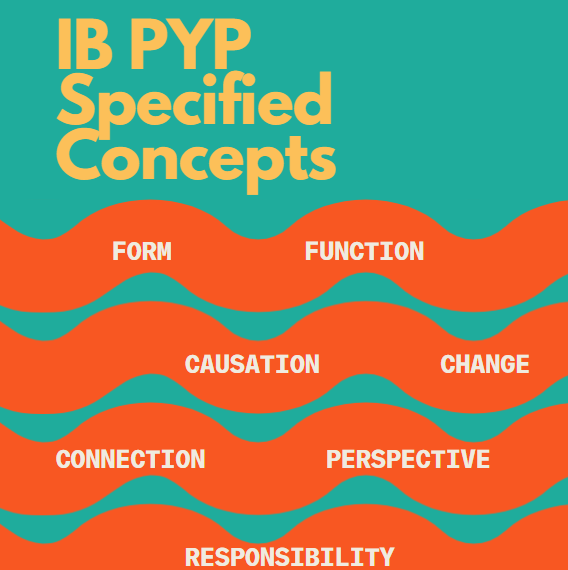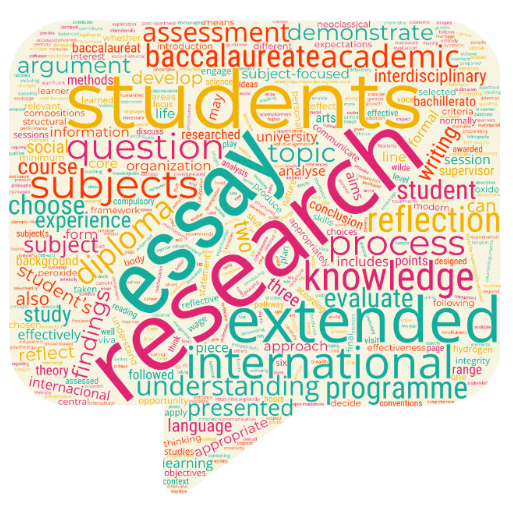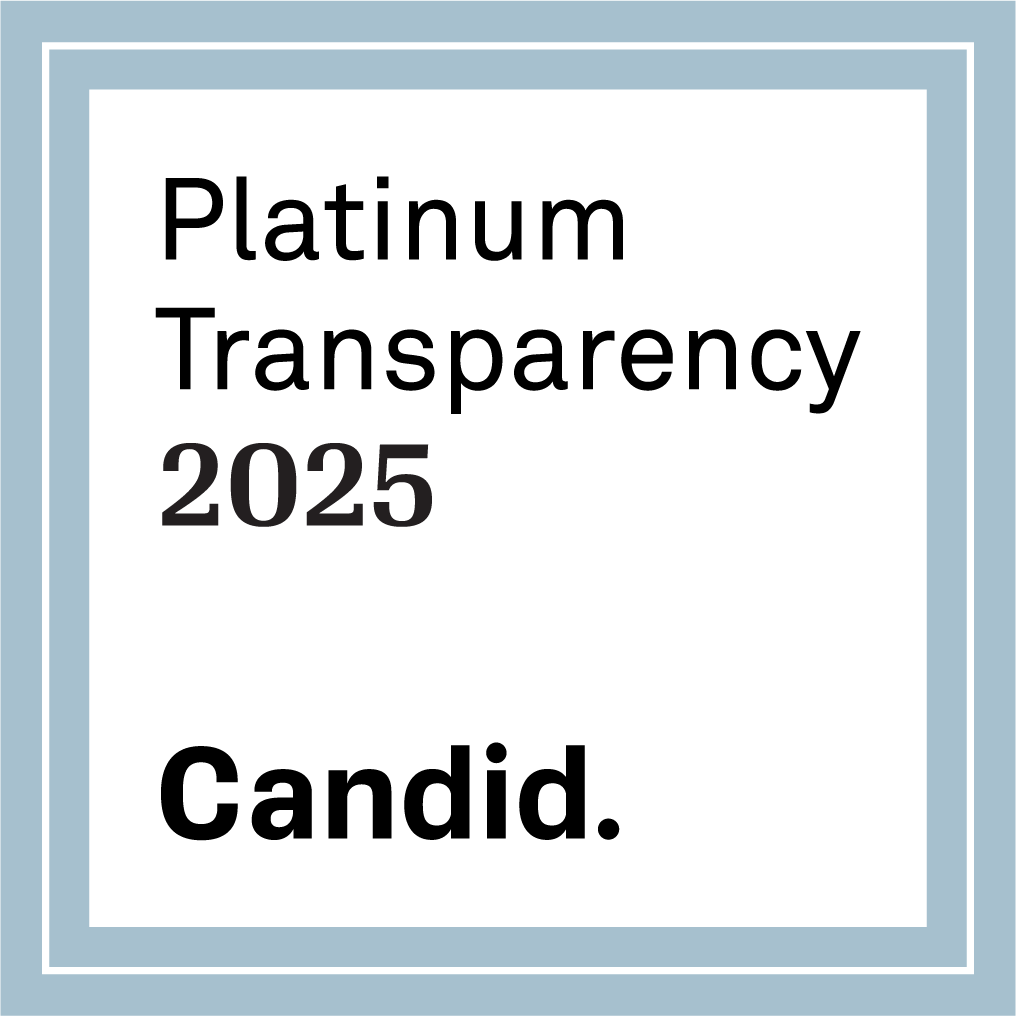What are Development Goals for Work & Why Should You Write Them?
The what and why?
It is that time of year again where we must write our professional learning goals for our annual evaluation. In my twenty years as a K-12 administrator at the school and district level, I have created, read, and coached staff in creating such goals continuously. From my experiences, I know most supervisors will ask that the goals be Specific, Measurable, Attainable, Relevant, and Timebound or commonly referred to as SMART goals. Since many of us do this activity just once every year, it is nice to have a few reminders to make it easier.
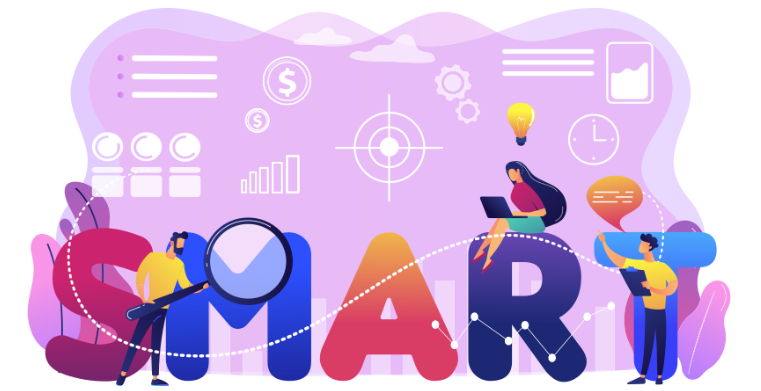
- First, think about what skills, practices, or knowledge you would like to acquire, enhance, or refine to empower you to help students learn at their highest levels. You could reflect on the following questions:
- Do I want to find practical ways to get my students thinking critically?
- Do I need more strategies to engage all learners in the classroom?
- Do I want to expand my toolbox of methods for facilitating group work and discussions so I can assess where students are and provide feedback in real time?
- Do we have program needs, changes, or requirements that I want to be sure I am up-to-date with implementing
These kinds of questions can assist in determining meaningful choices. (SPECIFIC)
- Next, consider your students’ learning needs. You might explore the following questions:
Do I need more professional learning in how to take students from where they are currently to their next level of growth in a particular area? - Are there dispositions that if I knew better how to instill them in my students, they would make more progress?
- Are there curriculum innovations or research-based learning tasks that I feel would be beneficial to enhance my current knowledge?
- Are there teaching and learning standards that I should target?
- How many times or how long will I engage in each specified professional learning activity?
- How will I measure the attainment of my goals? (MEASURABLE, RELEVANT, TIMEBOUND)
Finally, choose that area that you really want to work on after reflecting. Consider what professional learning offerings are available that best match to this area. You may ask yourself:
- What actions will I take to attain my goals?
- Do my professional learning goals compliment my student achievement goals? (ATTAINABLE)
The How?
Now that you know what area you want to target and the professional learning activities that will support your goal, it is time to consider how to put the goal into a goal statement.
As background work for creating SMART goals, you have done the reflections by asking yourself the right questions. You can record your thinking in the template provided below as a tool for writing your goals. Begin your goal with the timeframe, followed by what you will do, and the way it will be measured.
Now What?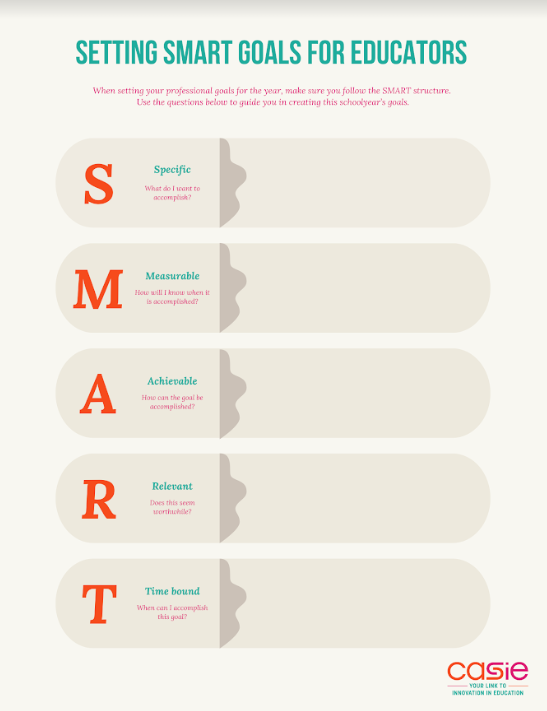
Now that you have recorded your thinking, you are ready to write your goals. Here are examples to provide further guidance as you write goals that are sure to give you direction for the year ahead.
Achievement Goal: In the 2024-2025 school year, I will use questioning techniques daily to gather formative data and determine how to differentiate instruction to facilitate predicted or higher academic growth on the MAP assessments.
Professional Learning Goal: In the fall of the 2024-2025 school year, I will attend CASIE Presents workshop, Exploring the Inquiry Mindset: Cultivating Cultures of Curiosity and read the book, Inquiry Mindset: Questions Edition: Cultivating Curiosity and Creating Question Competence by Trevor Mackenzie to further my development in creating a culture of curiosity in my classroom.
Visit CASIE’s Events Page and IB Events Page to see offerings for professional workshops to support professional goals.
Download The CASIE SMART Goals Worksheet.

